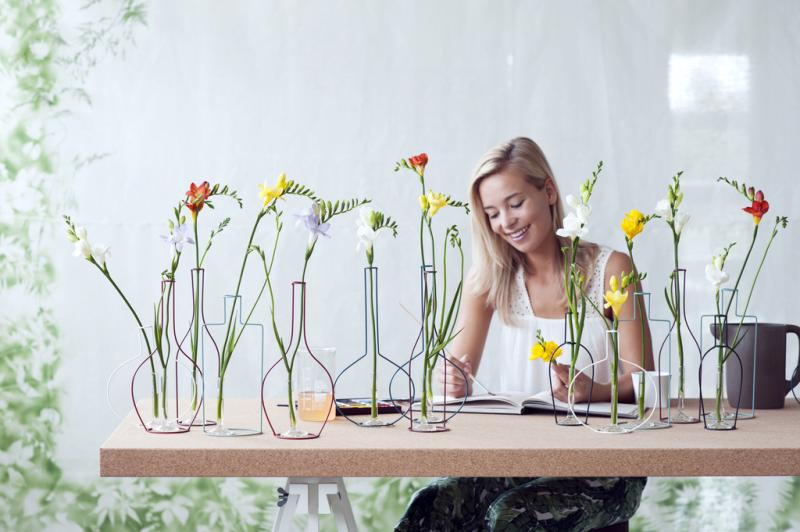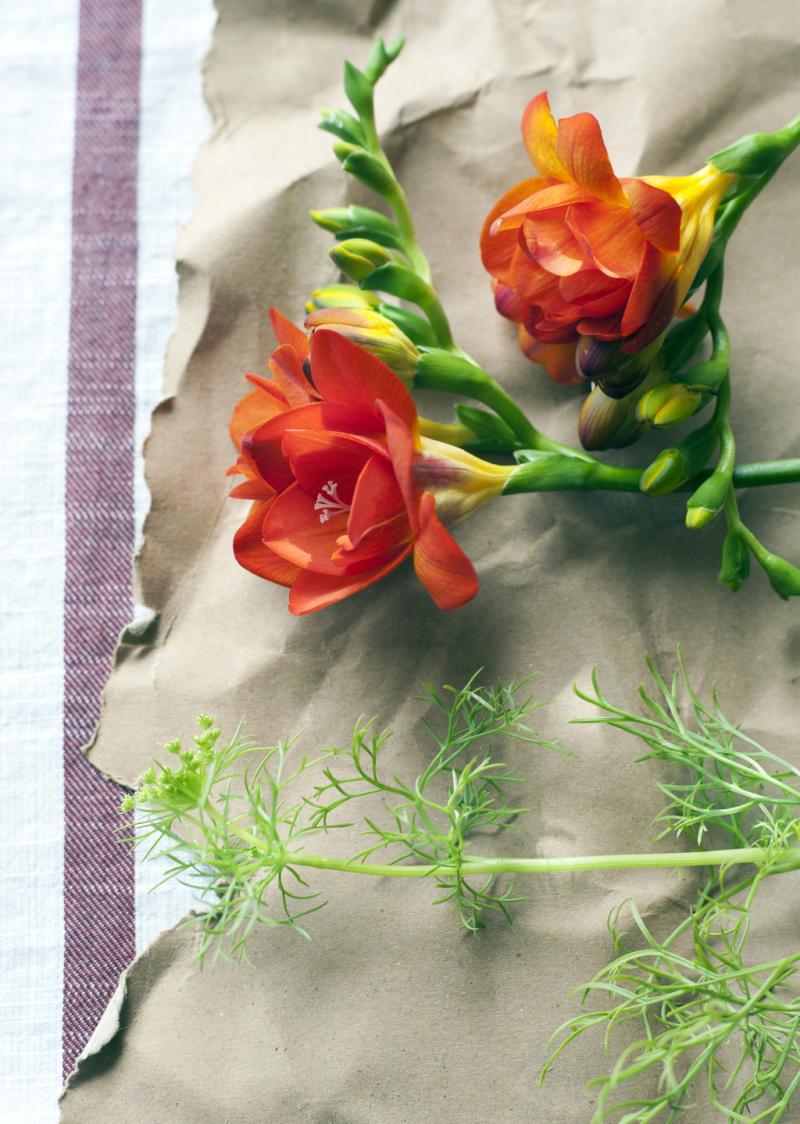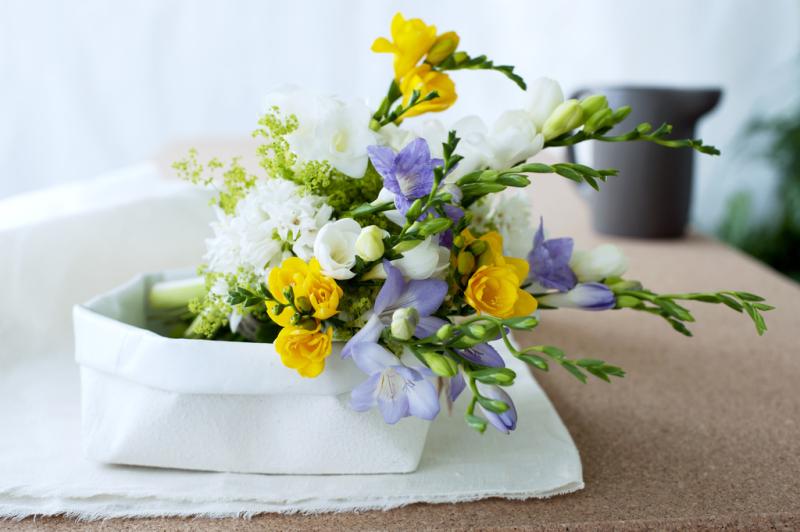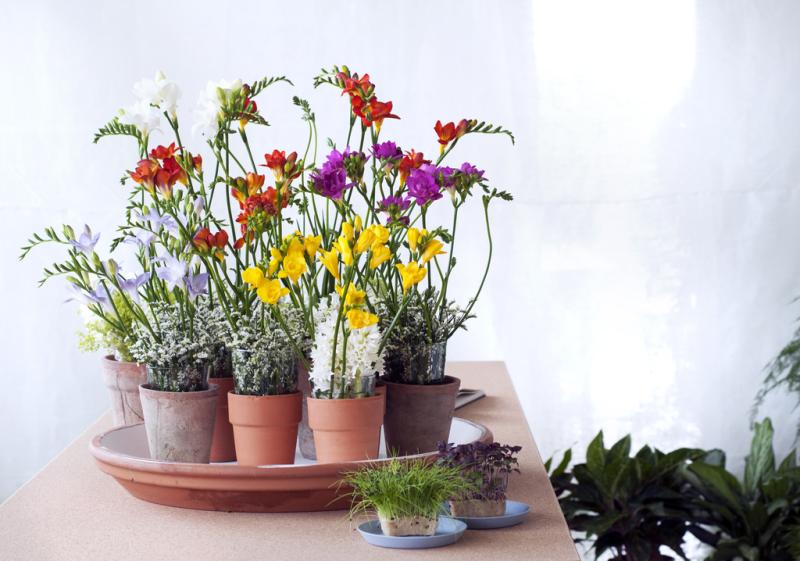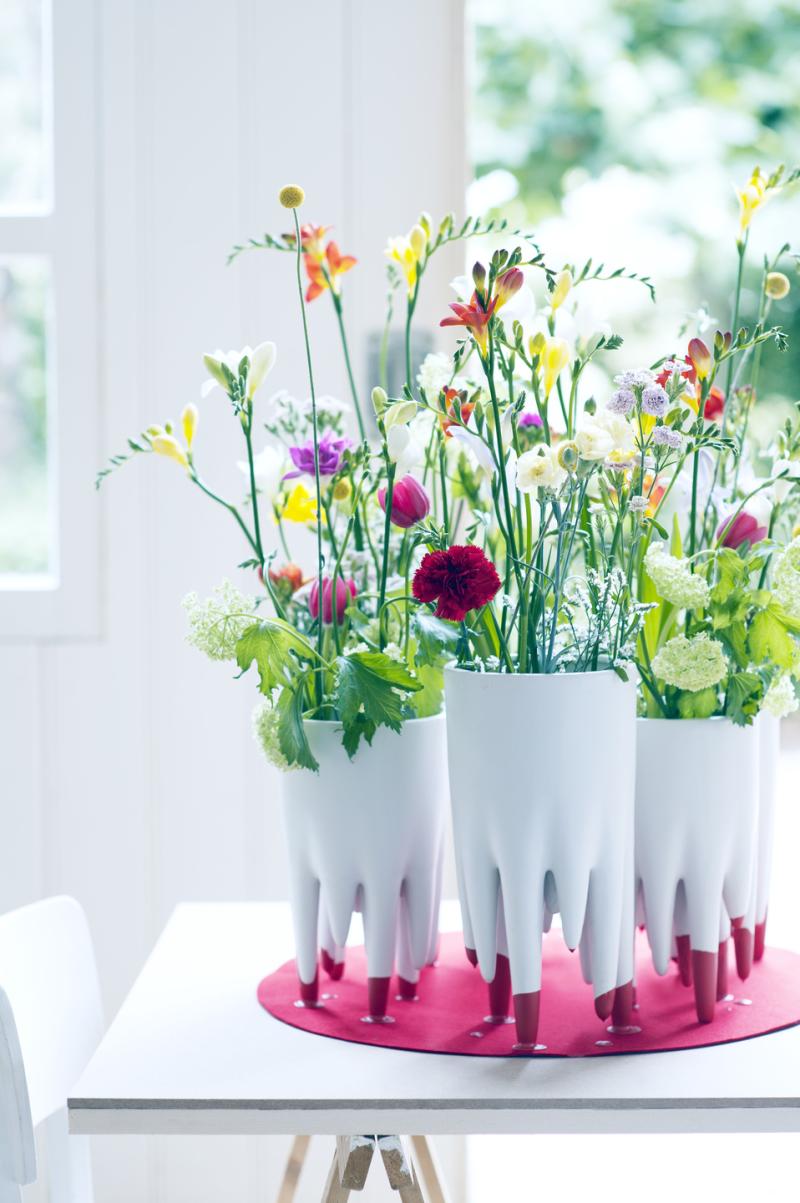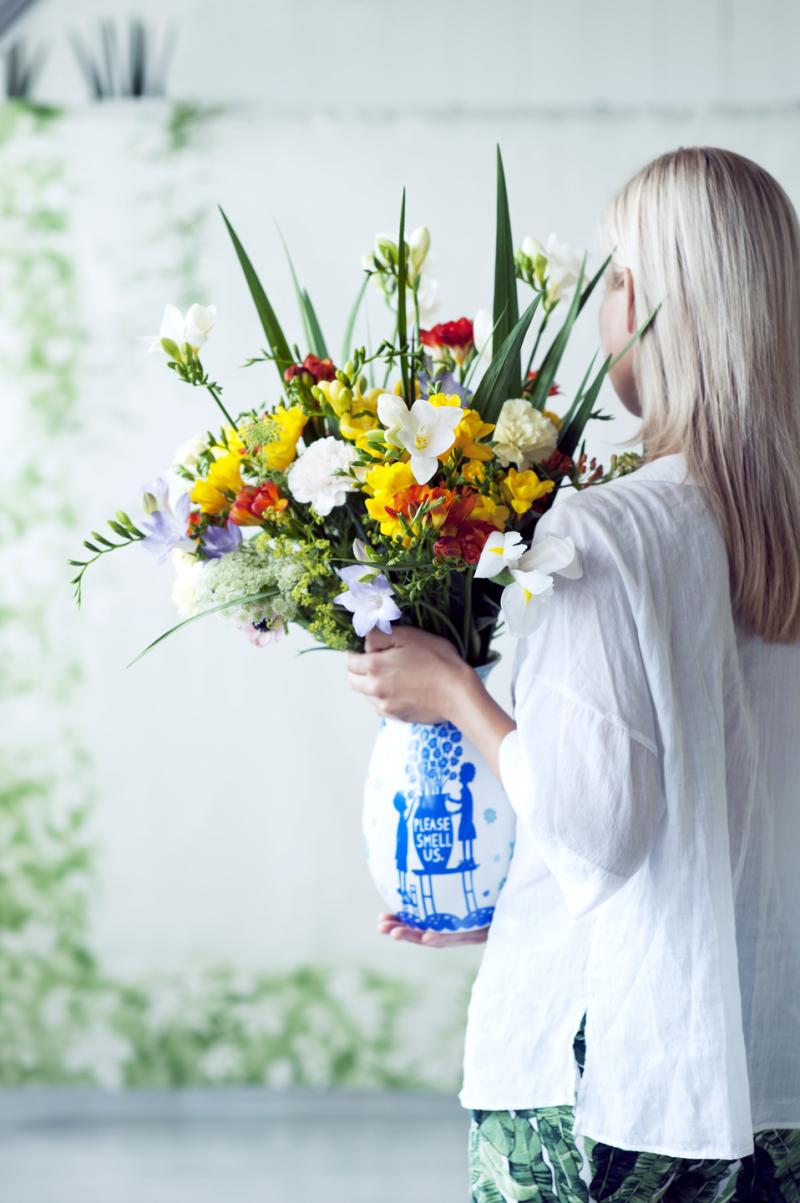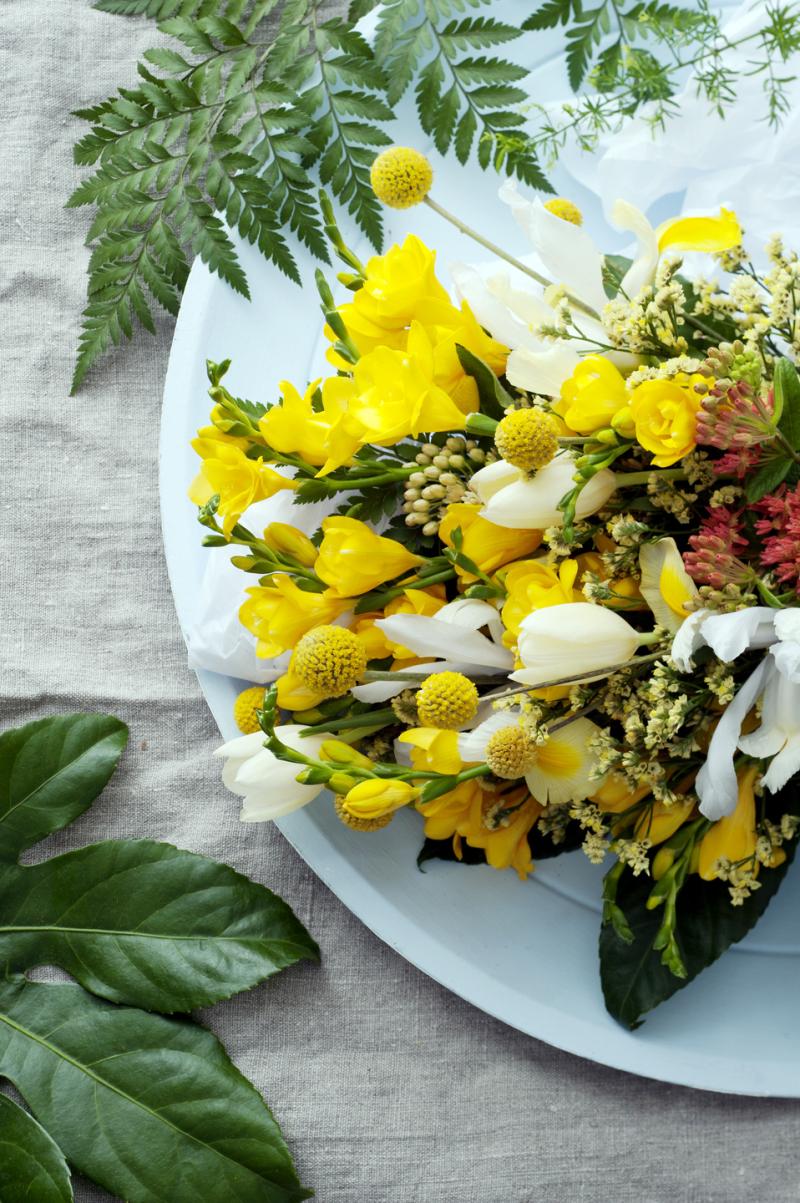The Freesia: from weeks 9 to 12 on the Flower Agenda
Weeks 9 to 12 are bursting with elegance. The freesia’s cheerful petals always look perfectly styled. The consumer can read all about this versatile flower which offers incredible choice in terms of colour, shape and size in the Flower Agenda on Funnyhowflowersdothat.co.uk. Show your customers all the possibilities offered by the remarkable freesia over the coming weeks.
Origin of the freesia
The tuberous freesia was ‘discovered’ in South Africa, where it was called ‘Cape lily-of-the-valley’. The flower was given the name ‘Freesia’ around 1830 by the South African botanist Ecklon, who named it after his friend, the German Dr F. Freese.
Did you know that a freesia’s flower display is called a comb because of the way the flower buds are lined up so neatly?
The freesia's colours, shapes and fragrances
The freesia’s tuber forms small tubers under the soil called beads. These beads grow into a full tuber and ultimately into a comb with flowers, which lends extra style to any home. And freesias even carry on growing merrily in the vase! The freesia can be single or double flowered and comes in white, yellow, orange, red, blue, pink and purple, but can also be bicoloured or multicoloured. Many varieties have a beautiful sweet scent which makes freesias even more attractive.
Care tips for customers
Give your customers the following tips in order to ensure they enjoy their freesias to the fullest.
• Select a clean vase and fill it with tap water at room temperature.
• Add cut flower food to the water for a longer vase life.
• Trim the stems diagonally by 3 to 5 cm with a sharp clean knife or secateurs.
• Don’t place freesias in a draught, in full sun or near central heating.
• Regularly top the vase up with tap water.
• Don’t place freesias near a fruit bowl. Fruit emits ethylene gas which will cause the flowers to age more rapidly.
How to create something special with freesias
Opt for a fabulous vintage bouquet or an original innovative combination. Anything is possible with the beautifully scented freesias. The various colours mean that you can go in many different directions. Try combining the yellow variety with Ammi majus (Bishop’s flower), tulips, irises, Asclepia and statice. You can give them an extra boost with some fabulous foliage such as leather leaf fern, asparagus and Aralia. We’ve even placed the bouquet on a hand-painted plate to show them off!
Symbolism of the freesia
The freesia symbolises unconditional love. Traditionally you give white freesias to your spouse after seven years of marriage as a reminder of pure, genuine love. The beautiful fragrance of the comb of flowers lends an extra dimension to this. The freesia also symbolises innocence.
Inspiration and information
Inspiring images of every flower in the Flower Agenda have been produced in line with the Horticulture Sector Trends 2016 (Groenbranche Trends 2016). These trends are a translation of the latest consumer trends which is specifically aimed at the horticulture sector to use for both indoors and outdoors.
If you would like to find out more about the Flower Agenda click here.

